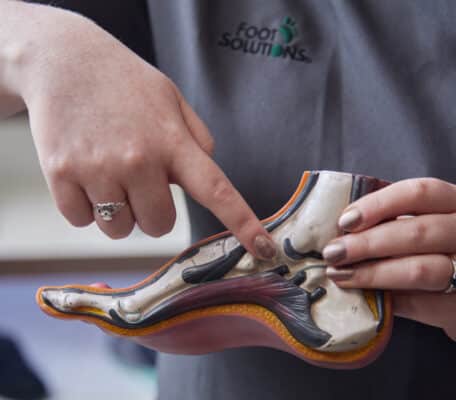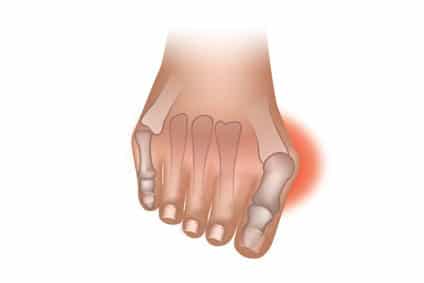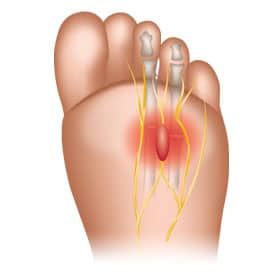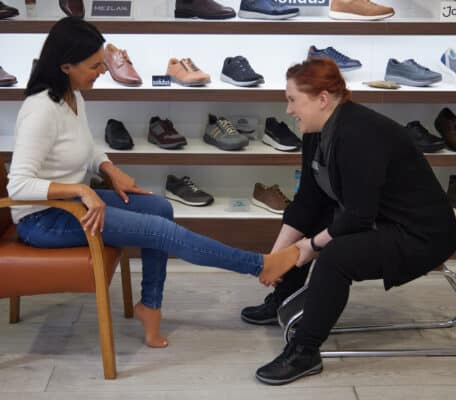Preparing to climb a mountain is a huge undertaking. Preparing physically before you go on a mountain climbing expedition is crucial, and having the right equipment and tools is equally important.
One of the most important things that you can do is to purchase the right shoes, along with some additional support (where necessary) for mountain climbing. Don’t wait until you are about to go on your journey to look for shoes, or for additional support. You should be wearing these while you train in the months ahead of your expedition.
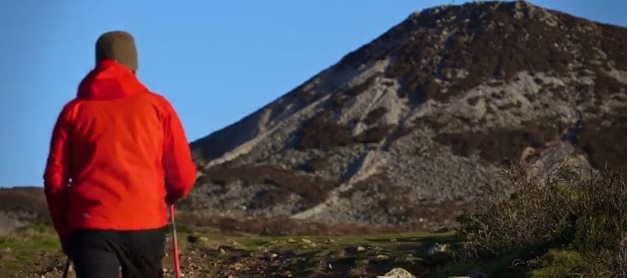
Darin Egan climbed Mount Kilimanjaro in September 2012. Prior to his trip, in February 2012, he visited the Foot Solutions store located in Stillorgan Village. Darin wanted to be sure that he was fully equipped with shoes that would give him the right kind of support during his training for this expedition, so that he wouldn’t damage his feet or be in pain throughout his journey.
He met with Kayt, who performed a Foot and Gait Analysis. They talked about what type of supportive footwear Darin needed for training as well as the actual climb. Kayt measured Darin’s feet and fitted him for custom arch supports. They chose Brooks training shoes that Darin would wear while he was training for the climb. The arch supports were fitted into these training shoes, and they also made sure that the arch supports would fit comfortably in the walking boots that Darin would wear for the climb.
Darin completed his climb of Mount Kiliminjaro seven months later, in September 2012. His feet were supported, comfortable, and pain free throughout the climb. He credits Foot Solutions for taking care of his feet throughout this journey.
Buying Guide for Climbing Shoes
It is imperative that you wear shoes that are specifically designed for climbing when you are rock climbing or mountain climbing. Climbing shoes have an arch that is designed specifically to help you on overhangs by allowing you to easily hook your foot into holds. This is a matter of safety, not just comfort. Climbing shoes are shaped to keep you from losing your footing so that you don’t fall.
Aggressive v. Non-Aggressive Climbing Shoes
There are two main types of climbing shoes: aggressive and non-aggressive. Aggressive climbing shoes have a very deep arch that force your feet into an arched position while you are climbing. They are usually made of thinner material. They tend to be more expensive than non-aggressive climbing shoes.
If you are a beginner at climbing, aggressive climbing shoes probably aren’t the best choice for you. As a beginner, you will be putting a lot of wear and tear on your shoes. The thinner material of aggressive climbing shoes won’t stand up to that kind of treatment. You should look for climbing shoes that are very durable. They should have thick soles and not be very flexible. This will provide you with a stable foundation.
As you become more advanced in mountain climbing, you can move up to thinner, more flexible climbing shoes.
Lace Up v. Velcro
Climbing shoes come in lace up or Velcro styles. The advantage to lace up shoes is that you can adjust the tightness of the fit along each section of the shoe so that they fit more snugly and give you more control.
Velcro shoes tend to be more convenient and easier to take off and put on.
If you are preparing for a mountain climb, visit Foot Solutions in your local area. We will perform a gait analysis, measure your feet, and help you find the perfect arch supports & footwear to help you to train for your journey. The supports can then be used in your climbing boots, so that you are well used to them before the final climb.

